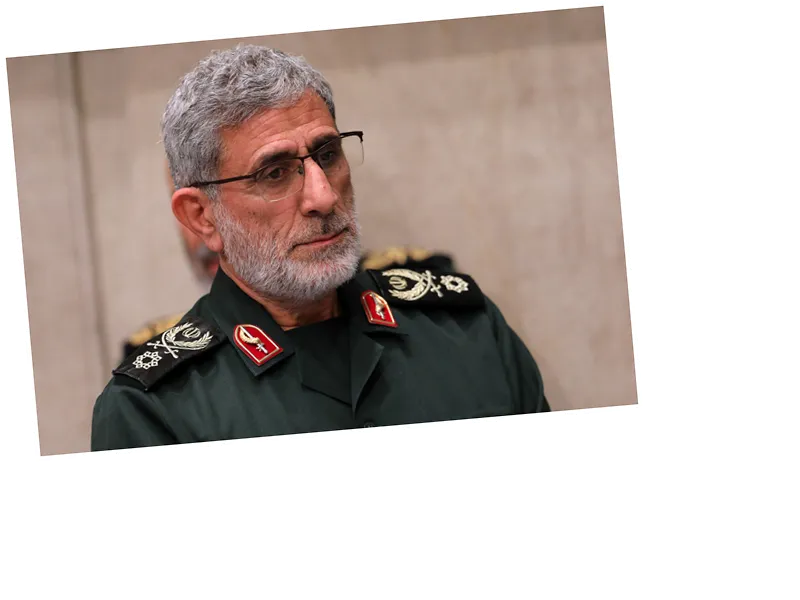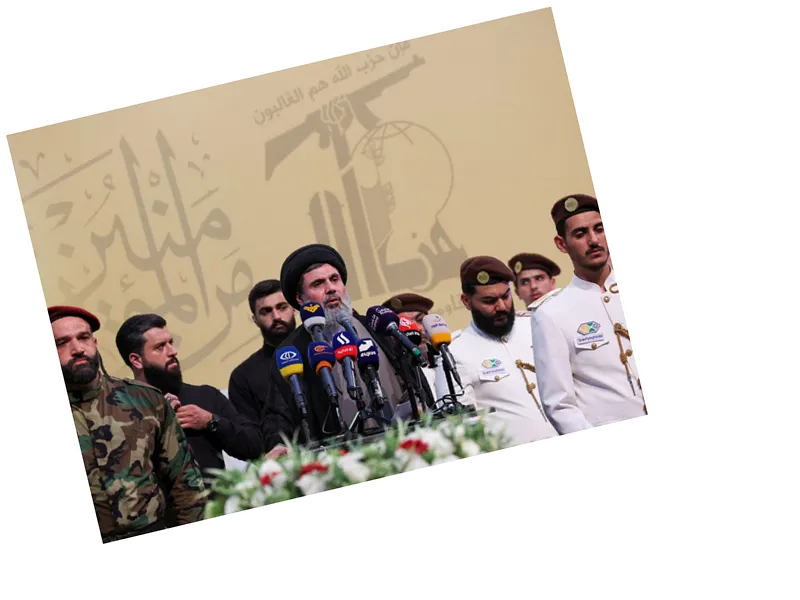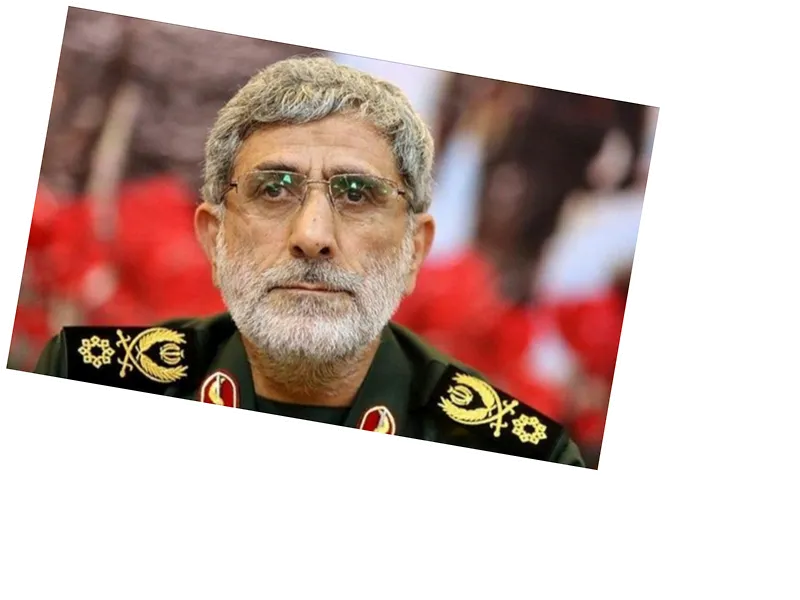General Qaani Reemerges Amidst Speculation
General Esmail Qaani, the commander of the Quds Force of the Iranian Revolutionary Guard Corps, recently made a public appearance that dispelled rampant rumors regarding his fate. After being absent for approximately two weeks, Qaani was seen during a live broadcast on Iranian television attending the funeral of Brigadier General Abbas Nilforoushan, who was killed in an Israeli attack on Beirut on September 27. His absence had sparked widespread speculation, with various reports suggesting he had been assassinated, arrested, or even fled to Tel Aviv.
The Psychological Warfare Surrounding Qaani
The uncertainty surrounding Qaani's whereabouts fueled a media frenzy, with international news agencies reporting conflicting narratives about his condition. While Iranian officials maintained that Qaani was safe, many in the media continued to propagate theories about his possible injury or detention. This situation illustrates the ongoing psychological warfare between Iran and its adversaries, particularly in light of recent Israeli operations targeting Iranian-affiliated leaders in Lebanon. Observers noted that Qaani's reappearance not only counters these narratives but also signifies a failure of the psychological operations employed by Zionist and American media outlets.
Implications of Qaani's Return
Brigadier General Ramezan Sharif, former spokesman for the Revolutionary Guards, emphasized that Qaani's presence at the memorial was a testament to his commitment to national interests and resistance against perceived global threats. Political analysts suggest that the media speculation surrounding Qaani was part of a broader strategy to undermine the coordination between Iranian and Hezbollah leadership. The Iranian leadership's ability to navigate this psychological landscape has been a critical factor in maintaining its influence in the region, especially following the recent escalations in Israeli military actions against Hezbollah.
- General Qaani's absence had raised significant concerns within Iranian circles, particularly given the backdrop of heightened tensions in the Middle East. His appearance was seen as a strategic move to reaffirm the strength and resolve of the Iranian leadership amidst ongoing threats from Israel. Moreover, the situation reflects the complexities of intelligence operations in the region, with both Iranian and Israeli forces engaged in a continuous battle of information and misdirection. Analysts have pointed out that the Iranian security apparatus has adeptly utilized misinformation to protect its key figures and maintain operational security in the face of external threats.





